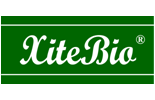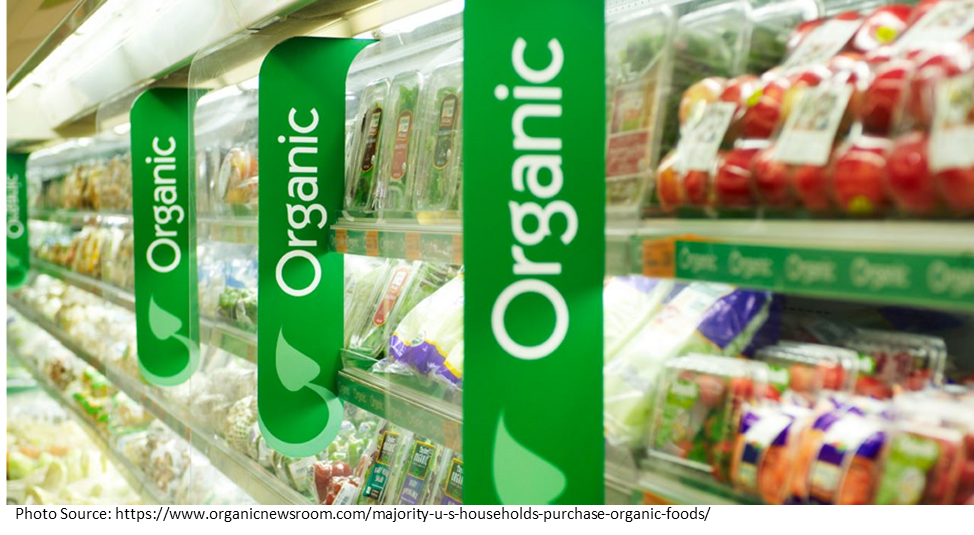Organic crop acres are on the rise in North America. 1.7 million acres of organic crops were grown in Canada in 2019, with the number of certified-organic operations rising by almost 3% in the last year. In Canada, organic sales reached $6.93 billion in 2019, up 28% since 2017 (1). Organic sales in the food market in the USA totalled a record $50.1 billion in 2019, up 4.6 percent from the previous year (2). A rise in organic processors across Canada and US has helped raise interest in planting organic acres, stimulating the organic markets in the region. How is organic farming different than conventional farming? And how do crop inputs change with organics? In this week’s edition of growing possibilities, we will address some of these questions and more.
Organic farming follows a few general principles to encourage eco-friendly, sustainable production. These include minimizing soil degradation and erosion, optimizing biological productivity, maintaining long term soil fertility by optimizing conditions for biological activity within the soil, and pollutants introduced to ecosystems (3). To accomplish these goals, organic farmers use a few strategies. The use of crop rotations and cover crops are recommended as are the use of organic residues and nutrients produced during your farming operations and recycled back into the soil, such as compost and manure. Some permissible pesticides may be allowed, but crop rotation and resistant crop varieties are used in lieu of most chemical pest deterrents (3).
Any crop inputs that are used on an organic crop must be from a Permitted Substances List (PSL) provided by the regulating organic standards institution in a specific area. This list identifies all substances permitted for use in organic agriculture (4). To be included on the Permitted Substances List, a products must be produced according to organic standards and be certified by one of the certifying bodies in the region it is produced. Likewise an organic grower must allow an inspection of their operation to verify that it meets organic standards. Products from certified organic farms or produced for organic use are labelled and promoted as “certified organic” (4).
Because of the use of natural soil microorganisms help growers follow the principles of organic farming, inoculants and biologicals are prime candidates for organic certification. Despite this, there are only few options for inoculants and biologicals approved for organic use. XiteBio® PulseRhizo® and XiteBio® SoyRhizo®, XiteBio’s rhizobial inoculants for pulse & soybean crops, are approved for organic use. These inoculants use naturally occurring soil bacteria to maximize nodulation and nitrogen fixation in your pulse and soybean crops using XiteBio’s AGPT® (Advanced Growth Promoting Technology) formulations. XiteBio® Yield+ is another one of these products, as it has also recently been approved for use by organic farmers. With the world’s supply of mineral P resources quickly dwindling, alternatives or supplements to P-fertilizer are needed. XiteBio® Yield+ solubilizes fixed soil P, making more of the P already in your soil more available to your plants. This reduces your P fertilizer needs, which in turn reduces the strain on both natural P resources and of course on your wallet!
If you are interested in learning more about XiteBio’s Inoculants and Biologicals, Click Here, and if you are interested in learning more about organic growing and how to get involved, visit https://www.ams.usda.gov/about-ams/programs-offices/national-organic-program (US) or https://www.cog.ca/ (Canada).
References:
1) Canadian organic trade association annual report 2019-2020
2) https://ota.com/organic-market-overview/organic-industry-survey
3) Canadian Organic Standards (2006)
4) http://www.omafra.gov.on.ca/english/crops/facts/09-077.htm#web


